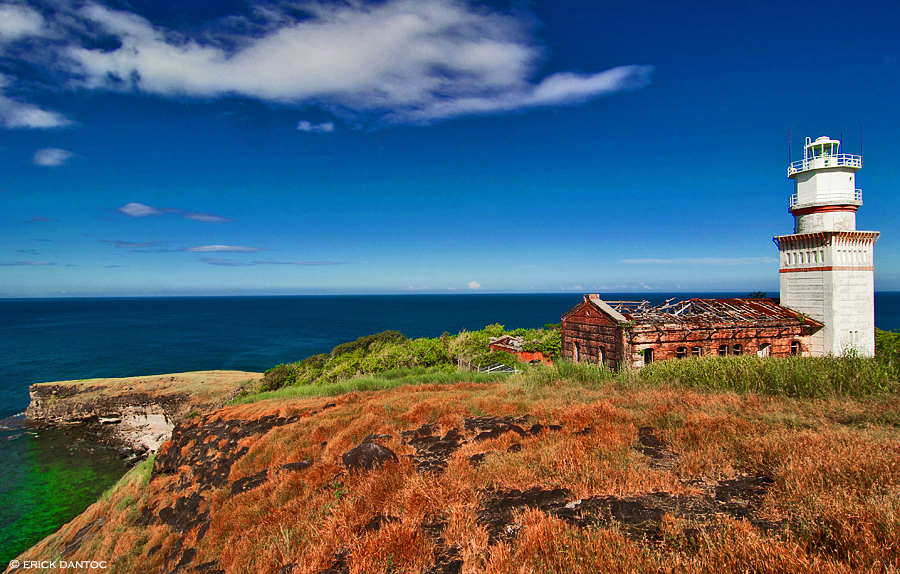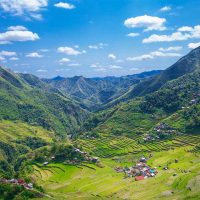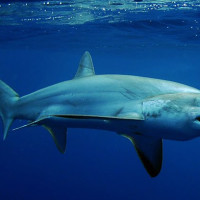
 Further south in the town of San Antonio, a municipality in the province of Zambales, Philippines, visitors who travel Luzon will find a bigger paradise called Capones Island. It is located in Barangay Pundaquit and is legendary for its lighthouse built during the Spanish era around the year 1890 with the Filipino’s bare hands. The lighthouse is one of the most popular landmarks in the province as it creates a commanding and cinematic image high over the cliffs that lure people to marvel both at the structure and the enchanting panorama of the sea and the sky.
Further south in the town of San Antonio, a municipality in the province of Zambales, Philippines, visitors who travel Luzon will find a bigger paradise called Capones Island. It is located in Barangay Pundaquit and is legendary for its lighthouse built during the Spanish era around the year 1890 with the Filipino’s bare hands. The lighthouse is one of the most popular landmarks in the province as it creates a commanding and cinematic image high over the cliffs that lure people to marvel both at the structure and the enchanting panorama of the sea and the sky.
Described by many as an island with a figure of a man’s face on its side, Capones Island with its white sand and green waters is truly one of the hidden paradise getaways in the Philippines that attracts foreign and local visitors who travel Zambales for a unique holiday experience. Barangay Pundaquit in San Antonio, Zambales is a 5-hour road trip from Manila and from the shores of Pundaquit, Capones Island is a 25- to 35-minute boat ride depending on the sea condition.

Capones Island is larger, unlike Potipot Island. Capones Island has cliffs and rocky shores on one side. It is sparsely vegetated and uninhabited. On the other side, it is a fantastic stretch of white-sand beaches of crystal clear turquoise waters. From a certain vantage point, Capones Island looked like a huge lump of rock formation forced by the powerful and swelling waves crushing against the mountain’s sides.
Many tourists who travel to the Philippines have marveled at how nature can create an impressive rocky promontory rising from the sea and creating a spectacular island destination such as Capones Island. The Island’s rustic simplicity without the amenities of modern-day and urban living had made it a genuinely breathtaking sight to behold. There is no need for resort facilities – all visitors need to do is to conquer the island’s beauty and marvel at it endlessly. To enjoy the Island, tourists make arrangements with boat operators to return the following day if they want to stay overnight in Capones Island. And since there are no accommodation facilities, tourists can bring in camper’s tent and other camping and sleeping gear as they experience a wonderful night of star gazing, undisturbed and very close to Mother Nature.

Capones Island’s beach is said to be moving – the white sand can be seen at a particular side for half of the year and will move on to another part of the island for the other half of the year. The white beaches are usually seen on the North Side during the rainy months from June to September.
But once the right season sets in, which is between the months of June to December, Capones Island serves up a different attraction to look forward to – a surfer’s paradise. Capones Island is known for its manageable surfs. The island’s reefs offer well-formed breaks for advance surfers during the right surfing season. Surfing is one of the other best things that visitors who travel to Zambales can do at Capones Island, aside from swimming, snorkeling and visiting the historic lighthouse.
Travelers who visit Capones Island can also experience the beauty of Anawangin cove and Nagsasa cove as it is about 15- to 20-minute boat ride from the other two coves. The usual route of adventure seekers would be Anawangin-Capones-Nagsasa because of its proximity from one another. But, that depends on the person; itineraries can be greatly modified depending on the person’s mood or want.





